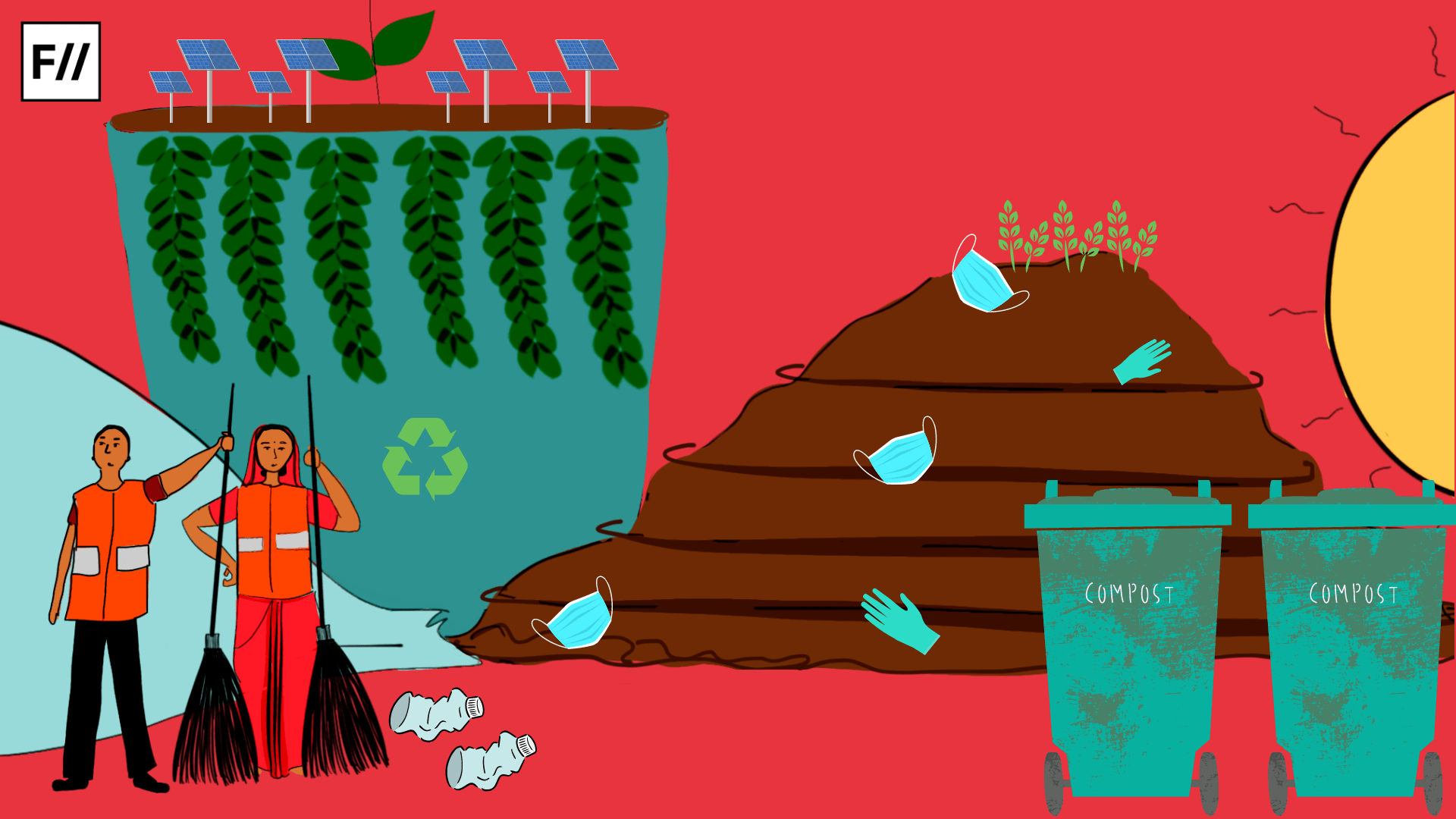Ever since the Brundtland Commission Report introduced the term ‘sustainable development’, the concept has been a varied one and is forever evolving given the world is constantly exposed to new sets of environmental challenges.
In 2000, the Millennium Development Goals (MDGs) were established following the Millennium Summit of the United Nations. These were devised with 8 goals and 21 targets across a range of health, economic and environmental indicators to be achieved by 2015, but they did not materialise as expected.
They were later replaced by the United Nations Sustainable Development Goals (SDGs), better known as global goals, with an aim to achieve them by 2030. They encompass 17 goals with 169 targets. They are holistic and touch a wide range of modern day challenges, especially in the developing and least developed world.
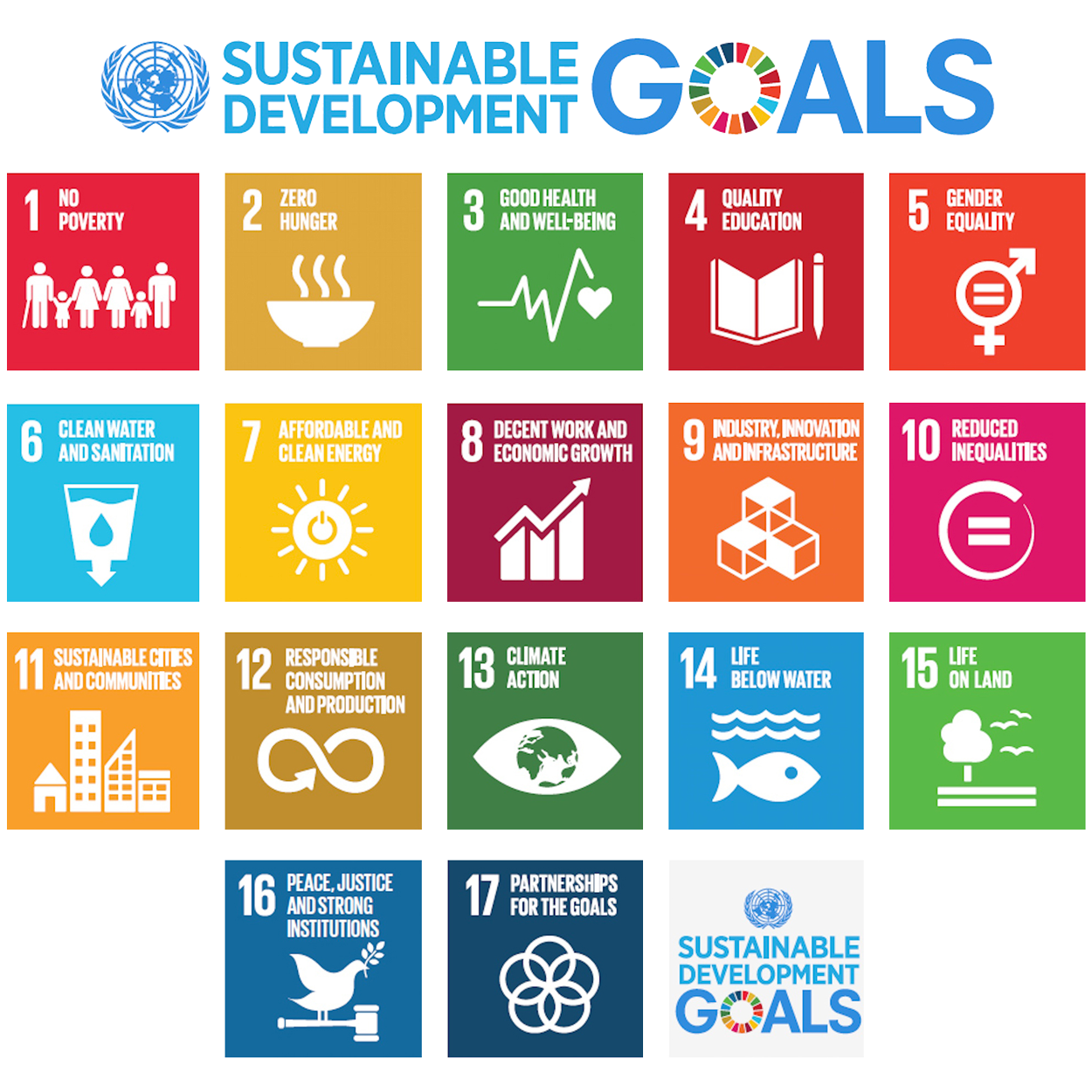
Water, sustainability and the role of women
SDGs have gained traction in India, especially with various water schemes such as Nal se Jal which is a flagship programme covered by the Jal Jeevan Mission under the Ministry of Drinking Water and Sanitation, that ensures piped water supply or functional tap water connections in rural areas.
While a lot needs to be achieved under this scheme, it must be acknowledged that water is a human right. The aforementioned scheme can be understood under SDG6, i.e. Clean Water and Sanitation that covers a gamut of issues relating to water with 8 targets.
Even water technologies are gendered, meaning women are mostly water collectors and it is men who are trained to operate water structures pertaining to dams, canals, and drip or sprinkler irrigation systems. The path to gender equality should involve empowering women in ways that ensure their overall well-being (welfare outcomes) and by giving them significance in the decision-making process
One also needs to understand water from a gendered lens. Pictures of women holding water cans in one hand while holding babies in the other from rural and urban India are plenty. Two factors – the distance covered to collect water and the time needed to fill those cans – are to be understood as ‘women’s water burdens’.
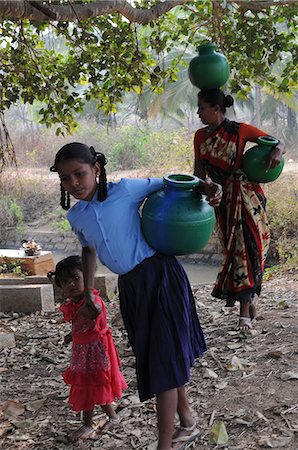
It is also during this time, that women find a way to build their social capital. With the introduction of schemes like Nal se Jal, such drudgery can be reduced to a great extent if they just have pipe water supply in their homes. This also addresses the issues surrounding water scarcity and in turn, can lead to better water management.
With feminisation of agriculture that has been mostly happening due to the migration of men to towns and cities for better prospects, the burden of looking after domestic chores, nurturing children and looking after agricultural activities is a gargantuan task that compromises the time and health of women.
Also read: The Gendered Politics Of Stepwells In India: Space, Water And Religion
Even water technologies are gendered, meaning women are mostly water collectors and it is men who are trained to operate water structures pertaining to dams, canals, and drip or sprinkler irrigation systems. The path to gender equality should involve empowering women in ways that ensure their overall well-being (welfare outcomes) and by giving them significance in the decision-making process, while strengthening the de-centralised governance systems.
One method to ensure this is by giving women roles/positions of power in the Water Users Association (WUAs).
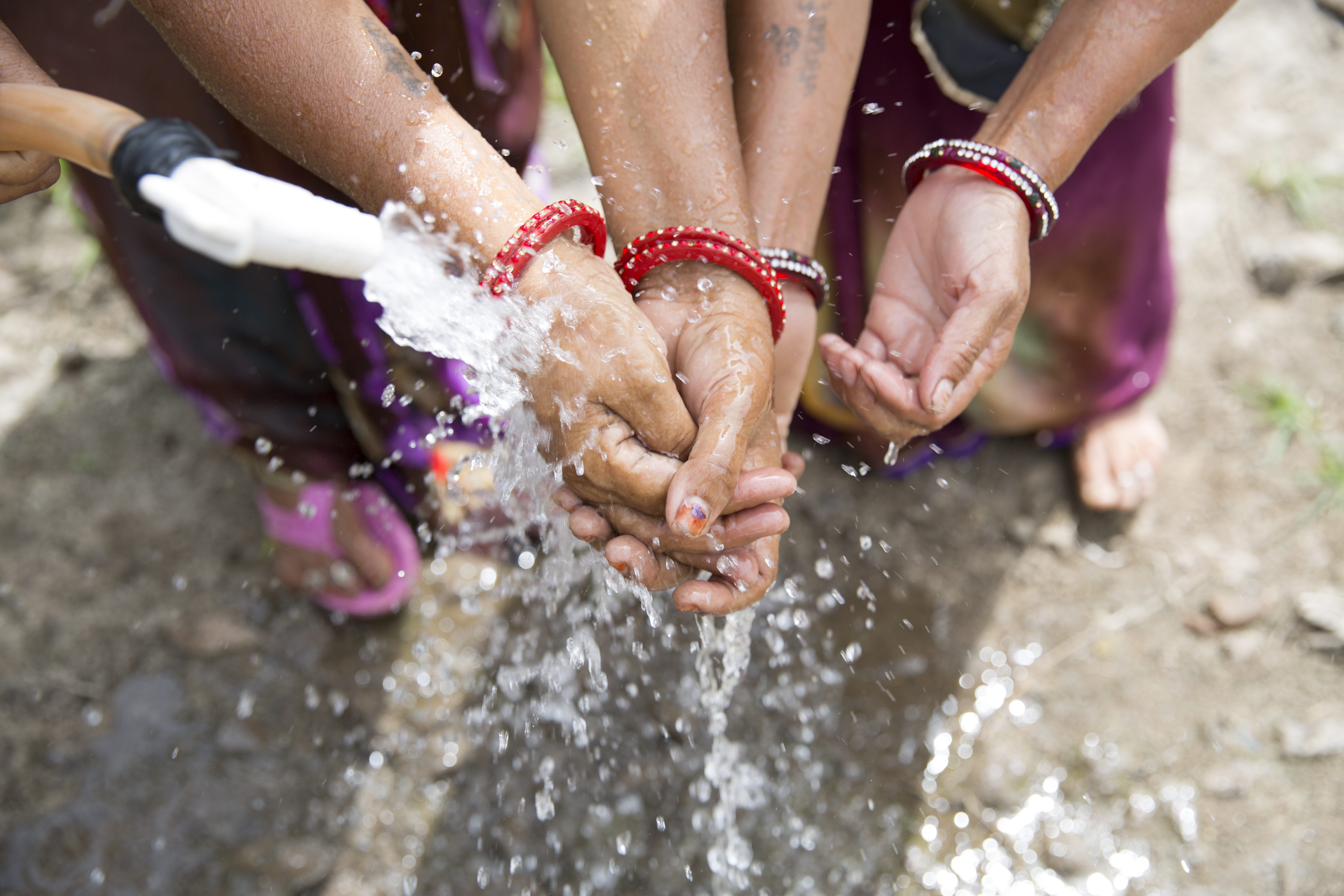
To make systems sustainable and long-lasting, women have to be brought into the fold of becoming water entrepreneurs from water carriers. Involving women-based Self Help Groups (SHGs) and solutions based on internet of things (IoT) has been picking up to improve governance systems viz, smart water metering systems or water ATMs that ensure that water is treated as an economic good.
Building capacity and training women to take charge of such systems lead to economic empowerment and environmental sustainability. This ensures there isn’t any willful consumption of water by the privileged sections of the society that stresses out the water systems and aquifers.
If one were to do a cost-benefit analysis, the benefits arising out of a circular economy will be higher in comparison to linear models because it is regenerative by design and aims to gradually decouple growth from the consumption of finite resources
Water ATMs in water-stressed areas are particularly useful, that can be put to use by multiple-stakeholder engagement like NGOs, civil society, village panchayats, etc. A report by the Third Pole elucidates how water ATMs have proven to be a successful intervention in areas of Assam, that have otherwise perennially been hit by arsenic groundwater contamination.
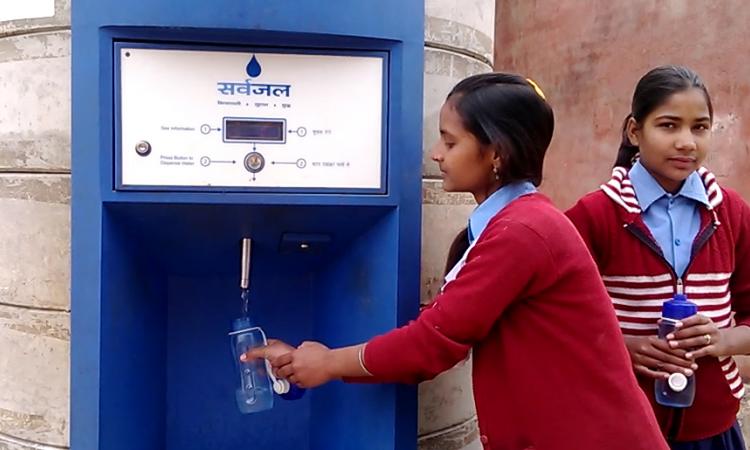
Building such resilience is necessary to bear climate shocks. This is even more relevant given that the world is reeling under a pandemic and up scaling of water-centric schemes will ensure the dispensation of WASH (Water, Sanitation and Hygiene) practices with a GESI (Gender Equality and Social Inclusion) outlook, thereby reducing water burdens.
The NITI Aayog recently released the SDG-India Index across the 17 SDGs covering all states and union territories. For SDG6, it was found that Goa has been categorised as a ‘front runner‘ barring Assam, Rajasthan and Delhi which have been designated as ‘performers’.
The indicators assessed under SDG 6 include – percentage of individual household toilets constructed against target [SBM(G)], percentage of rural population having improved source of drinking water, percentage of rural population getting safe and adequate drinking water within premises through Pipe Water Supply (PWS),percentage of groundwater withdrawal against availability, and so on.
Circular economy, behavioural changes: The way ahead
World over, to provide an impetus to sustainability, the concept of circular economy is gaining attention for good. A circular economy is a systematic approach to economic development, designed to benefit businesses, society and the environment.
If one were to do a cost-benefit analysis, the benefits arising out of a circular economy will be higher in comparison to linear models because it is regenerative by design and aims to gradually decouple growth from the consumption of finite resources.

Delhi-based social enterprise Kitlery is an example. They promote the usage of reusable steel cutlery in handy kits. These kits are sold in handmade pouches that are made out of scrap cloth by skilled women from low income backgrounds from the city.
The country is striving hard to take sustainability very seriously, yet, we has a long way to. There have to be commitments made at an individual level to take up sustainability as a habit or as a life style choice that caters to overall well-being by streamlining the kind of products one uses, consumption patterns, modes of transportation and the like.
It all has to be a behavioral change.
Also read: Farm To Table: Food Must Be Sustainable From Production To Consumption
Zeba Zoariah Ahsan is a writer, an accidental mechanical engineer and a water professional who hails from Duliajan, Assam. She believes in science communication and has a master’s degree in Water Science and Governance from TERI School of Advanced Studies, New Delhi. She is a recipient of a media fellowship from TERI, New Delhi, supported by Internews’s Earth Journalism Network (EJN) in 2020. Her interests include water governance, climate change, gender, transboundary water management, hydro diplomacy, to name a few. You may find her on Twitter and Instagram
